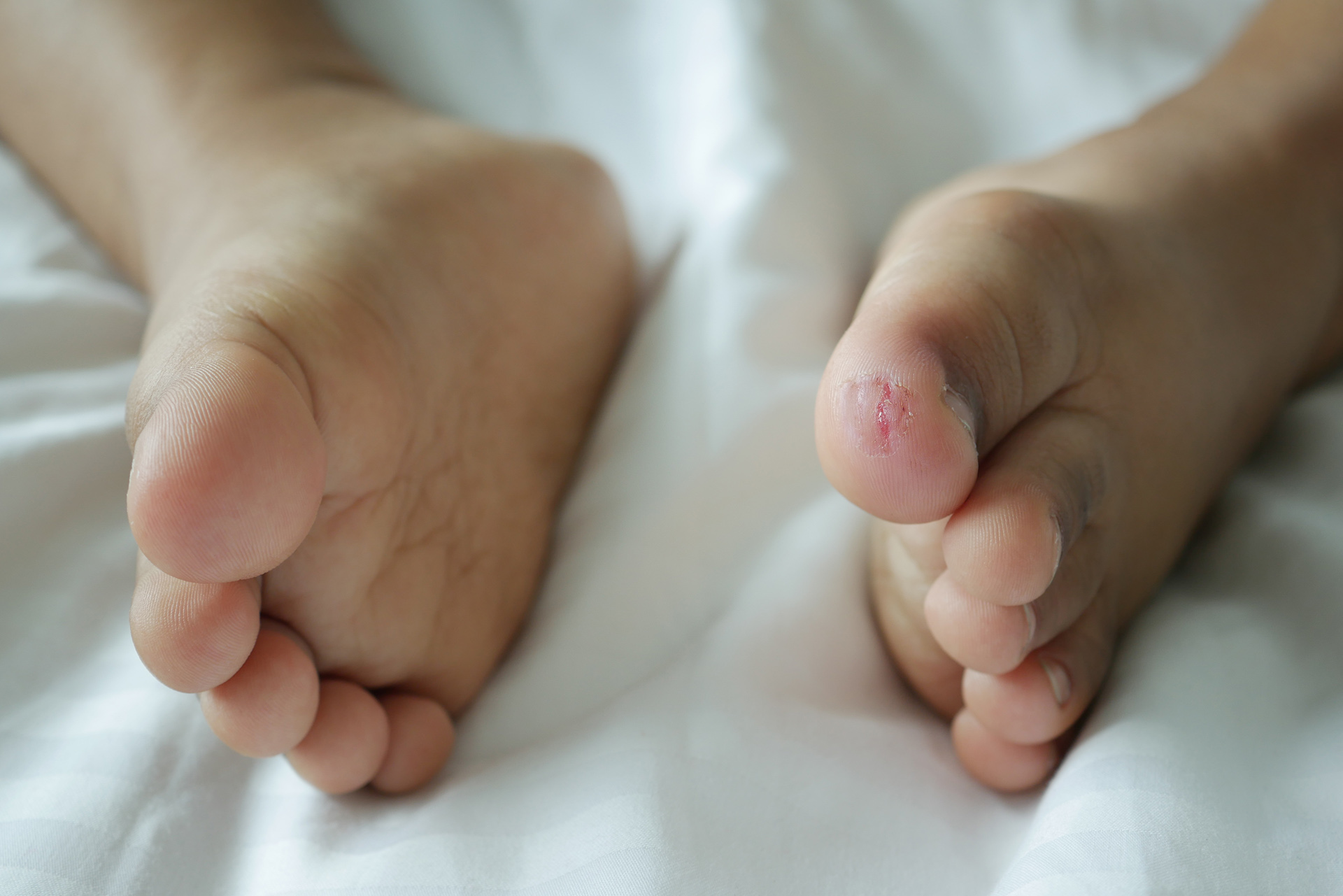Understanding Blisters on Toddlers’ Feet
Blisters are small pockets of fluid that form on the outer layer of the skin, and they can be a common issue for toddlers, especially when it comes to ill-fitting shoes. Pedestrians in sunny local parks or toddlers running around in their new sneakers can all face this discomfort. As parents, understanding the causes, symptoms, and treatments of blisters can help ensure our little ones remain happy and pain-free.
Common Causes of Blisters in Toddlers
1. Poorly Fitting Shoes
One of the primary causes of blisters in toddlers is shoes that do not fit correctly. Shoes that are too big can cause excessive movement, while shoes that are too small can cause friction.
2. New Shoes
New shoes often require a breaking-in period. The unfamiliar material and structure can result in blisters as the skin adjusts.
3. Activities and Play
Active toddlers who run, jump, and play are more susceptible to blisters due to constant friction and pressure on their feet.
4. Sweaty Feet
Excess moisture from sweating can lead to blister formation, as damp skin is more prone to irritation.
Identifying Blisters
Signs and Symptoms
Blisters can vary in size and discomfort level. Common signs include:
- Redness around the affected area
- Swelling
- Sensitivity or pain when touching the blister
- Fluid-filled sacs on the skin
Preventing Blisters: Tips for Parents
Choosing the Right Shoes
Here are some key factors to consider when selecting shoes for toddlers:
- Ensure a proper fit: Shoes should be snug but not tight.
- Opt for breathable materials: Look for shoes made with mesh or other breathable fabrics.
- Consider the sole: A cushioned sole can help reduce friction.
- Regularly check shoe size: Children’s feet grow quickly, so check their shoe size every few months.
Breaking in New Shoes
When purchasing new shoes, allow your child to wear them for short periods at first to help break them in.
Treatment Options for Blisters
Home Remedies
If your toddler develops a blister, you can treat it at home:
- Keep it clean: Wash the area with mild soap and water.
- Cover it: Use a sterile bandage to protect the blister from further irritation.
- Let it breathe: If the blister is not painful, allow it to dry out and heal naturally.
When to Seek Medical Attention
Consult a pediatrician if:
- The blister is large and painful.
- There are signs of infection, such as pus or increased redness.
- Your toddler has a fever or increased discomfort.

Comparative Analysis: Methods to Prevent and Treat Blisters
Table of Methods
| Method | Pros | Cons |
|---|---|---|
| Proper Shoe Fitting | Reduces friction, custom fit | Time-consuming, may require professional fitting |
| Using Protective Products (e.g., blister pads) | Immediate relief, easy to apply | Can be costly, may not prevent blisters completely |
| Home Remedies | Cost-effective, accessible | May not work for everyone, requires monitoring |
Cultural Insights: Shoes and Childhood in the USA
Footwear holds a special place in American culture. From first shoes to athletic sneakers, the right pair can signify a milestone or an achievement. As families enjoy outdoor activities, such as visits to local parks, blisters can quickly become a topic of concern. Communities often come together to share practical advice and experiences on children’s footwear, making this a shared parenting journey.
Many parents exchange second-hand shoes, emphasizing sustainability while also sharing the valuable knowledge of what works and what doesn’t. Local shoe fitting workshops may also be available, teaching parents how to properly fit their children’s shoes.

FAQs about Blisters on Toddlers’ Feet
What are the best types of shoes to prevent blisters in toddlers?
Look for shoes made of soft, breathable materials like leather or mesh that provide a snug fit and cushioning.
Can blisters on toddlers’ feet be avoided entirely?
While it’s challenging to prevent all blisters, choosing the right shoes and regularly checking the fit can significantly reduce their occurrence.

How long do blisters on toddlers typically take to heal?
Most blisters heal within a few days to a week, depending on their size and the treatment.
Are there any products recommended for blister protection?
Yes, products like blister pads or friction-reducing creams can help provide additional protection for active toddlers.

Is it common for toddlers to get blisters from shoes?
Yes, it is relatively common, especially in toddlers who are active and wearing new or ill-fitting shoes.